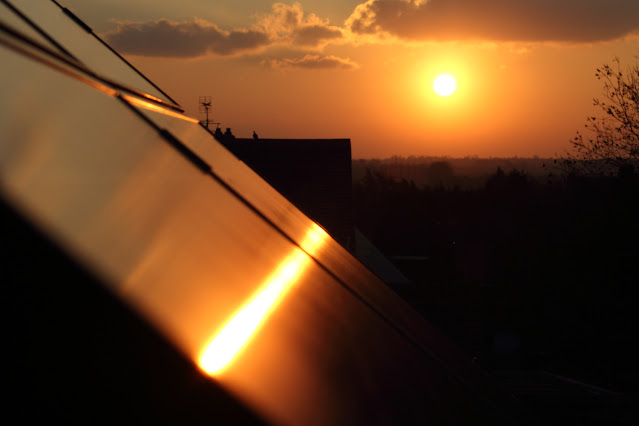How to Record British Gas FIT readings
When we had our Solar Panels installed we investigated the different options for registering our PV Panels under the MCS Scheme for the Feed In Tariff payments (FIT). We found there was no need to register your FITs with the electricity company that supply your energy. As our panels were installed very close to the December 2011 FIT payment being cut we wanted to make sure that our installation was registered in time so chose a FIT payment supplier that accepted applications online and also had a good record of paying FITs on time. There were many horror stories of EDF taking months to pay out but our experience with British Gas has been very positive so far.
How to Submit FiT Readings to British Gas to Get Feed In Payments?
We have recorded two FIT readings with British Gas now and are currently waiting for the second payment to arrive having submitted the readings recorded on 21 May.To submit FIT readings to British Gas you need to send them as an email. The email must contain the following items:
Your Name
Your Address
Your Reading
The date of the reading
We use the British Gas reference number as the subject line of the email and the email is sent to feedintariff@britishgas.co.uk
More info on the British Gas FIT scheme here
http://www.britishgas.co.uk/products-and-services/solar-panels/solar-pv/feed-in-tariffs.html
 |
| How to Record British Gas FIT readings |





